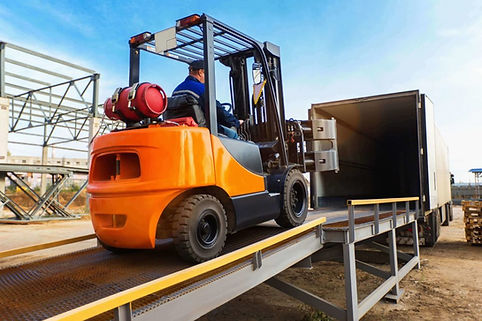Our Services
LTL vs. Full Truckload Shipping: What’s the Difference?
If you're shipping products regularly, you'll probably encounter the terms FTL and LTL, meaning full truckload and less-than-truckload. The names are self-explanatory. FTL shipments take up the full truck, while LTL shipments are smaller. But what is considered an LTL shipment, and what are the pros and cons of these shipping methods? This guide explores those questions and more.
What Does Full Truckload (FTL) Mean?
With the FTL method, one shipping trailer contracts to a single shipper, consignee or customer. In most cases, the freight shipment is loaded onto the trailer and goes from point A to point B, where it's unloaded. This form of shipping is popular with businesses that frequently need to move large volumes of stock.
What Does Less-Than-Truckload (LTL) Mean?
With LTL shipments, rather than the entire trailer containing goods heading to one destination, the trailer contains freight from multiple sources. With partial truckload shipping, the carrier makes multiple stops to pick up and drop off goods, and the shipment may be loaded and unloaded multiple times. LTL is suited to occasional, smaller shipments where delivery times can be flexible.
Things to Consider When Choosing FTL vs. LTL
In some cases, the decision between FTL and LTL is obvious. If you have a lot of goods to move and they aren't urgent, waiting to consolidate them in one load may be more convenient and save on shipping costs. However, logistics isn't always that easy. If you're not sure which shipping process to choose, consider the following.

